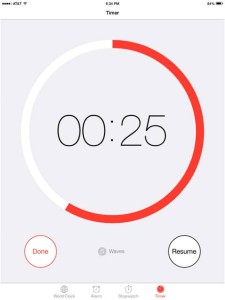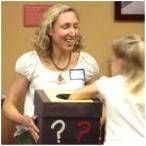The summer is a great time to learn how to help your child become a better reader. Three books offer great insights to help foster your child’s inherent desire to read:
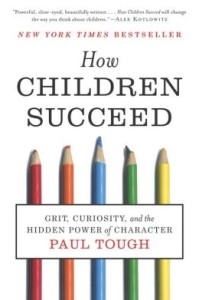 What does it take to succeed against difficult odds? In How Children Succeed, Paul Tough focuses on real life stories from teachers working with children that have grit and character – the ability to achieve in tough situations confounded by poverty and parental neglect. By sharing these stories and current brain research, this book serves as a touchstone for teaching your child how to learn from failure and turn it into achievement. It emphasizes the powerful importance of your role as parent and teacher in nurturing character – and ultimately your child’s success
What does it take to succeed against difficult odds? In How Children Succeed, Paul Tough focuses on real life stories from teachers working with children that have grit and character – the ability to achieve in tough situations confounded by poverty and parental neglect. By sharing these stories and current brain research, this book serves as a touchstone for teaching your child how to learn from failure and turn it into achievement. It emphasizes the powerful importance of your role as parent and teacher in nurturing character – and ultimately your child’s success
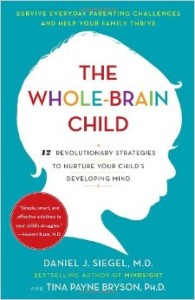 How do you nurture your child’s developing mind? The Whole-Brain Child by Daniel Siegel offers 12 strategies that emphasize teaching brain integration – helping your child interpret her behavior better so that she can connect her emotions to her experiences. Seigel offers you a plan for helping develop your child’s thinking brain – so that she becomes skilled at using words to explain feelings. This book puts you in a great position to teach your child skills that will foster and develop emotional intelligence that is essential to having a full and successful life.
How do you nurture your child’s developing mind? The Whole-Brain Child by Daniel Siegel offers 12 strategies that emphasize teaching brain integration – helping your child interpret her behavior better so that she can connect her emotions to her experiences. Seigel offers you a plan for helping develop your child’s thinking brain – so that she becomes skilled at using words to explain feelings. This book puts you in a great position to teach your child skills that will foster and develop emotional intelligence that is essential to having a full and successful life.
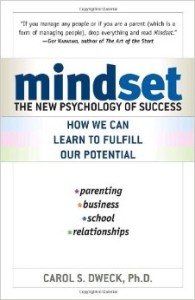 Mindset: The New Psychology of Success by Stanford University psychologist Carol Dweck emphasizes the importance of having a growth mindset. Through her research and experience, Dweck defines a person with a growth mindset as one who takes on challenges and views them as growth opportunities. For example, a child with a growth mindset will view failing a spelling test as opportunity to study harder next time to make a better grade. This book gives great ideas that you can use to help your child succeed by fostering a sense that not succeeding is not the end, but instead an opportunity to work hard to achieve to success. Additionally, Dweck offers great insights into the danger of praise and positive labeling with our children. According to Dweck, parents should focus praise on effort, “Wow! You got an A on your test. You must have studied hard!” …not on ability, “Wow! You got an A on your test. You’re so talented!”
Mindset: The New Psychology of Success by Stanford University psychologist Carol Dweck emphasizes the importance of having a growth mindset. Through her research and experience, Dweck defines a person with a growth mindset as one who takes on challenges and views them as growth opportunities. For example, a child with a growth mindset will view failing a spelling test as opportunity to study harder next time to make a better grade. This book gives great ideas that you can use to help your child succeed by fostering a sense that not succeeding is not the end, but instead an opportunity to work hard to achieve to success. Additionally, Dweck offers great insights into the danger of praise and positive labeling with our children. According to Dweck, parents should focus praise on effort, “Wow! You got an A on your test. You must have studied hard!” …not on ability, “Wow! You got an A on your test. You’re so talented!”
These three books have inspired me as a parent and teacher.
What are some books you can recommend for parents and teachers to read this summer?
Click here to see my more in depth review of The Whole Brain Child
Click here to see my more in depth review of Mindset
Click here for my blog about the importance of grit and character






